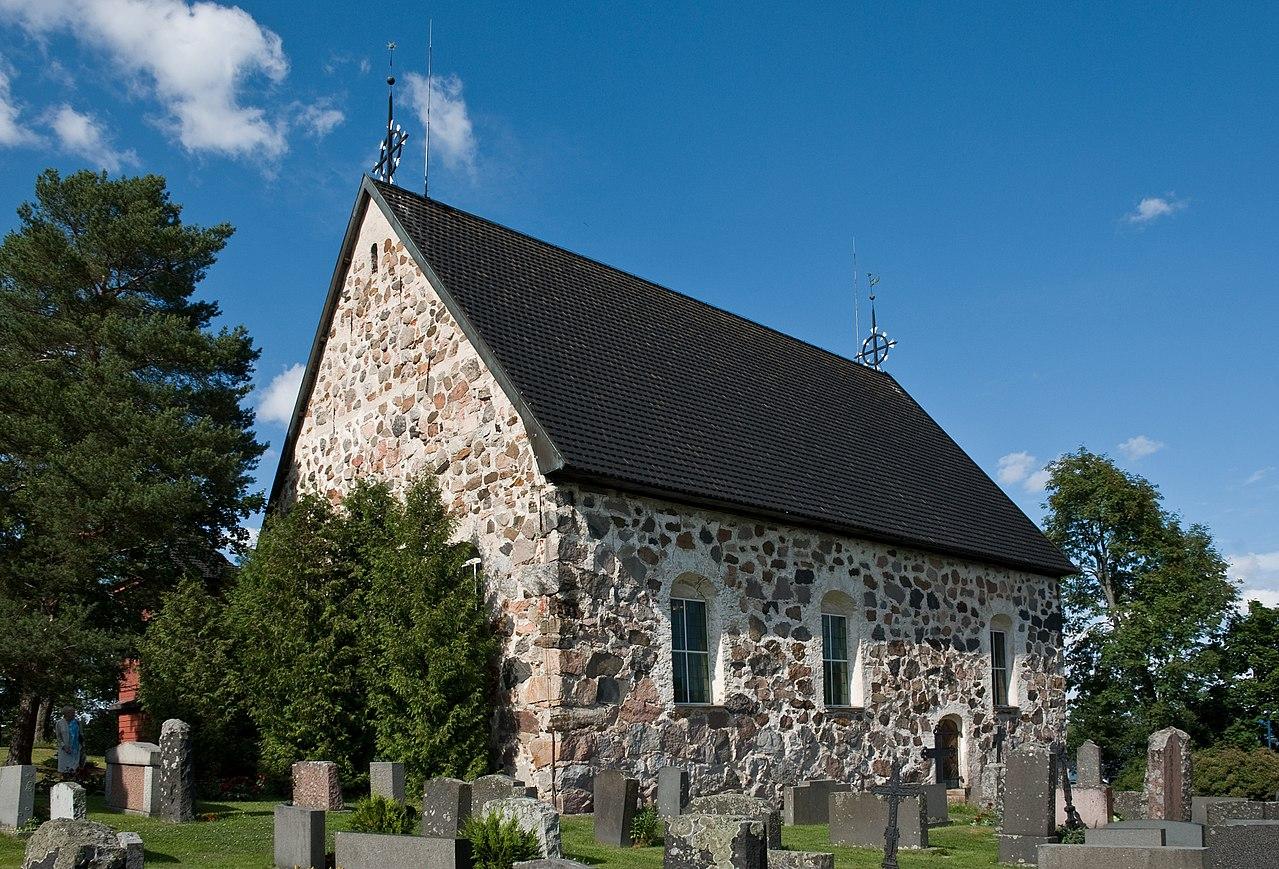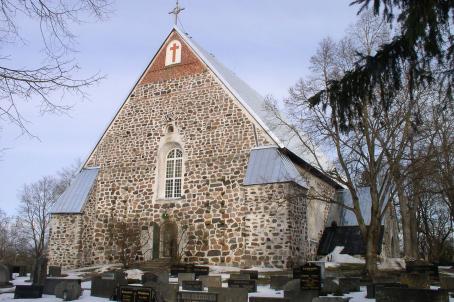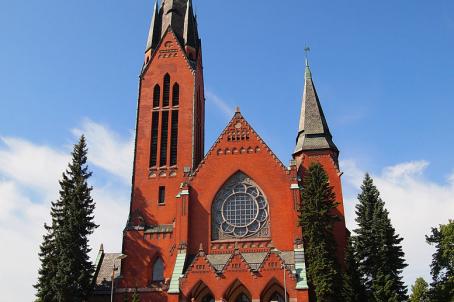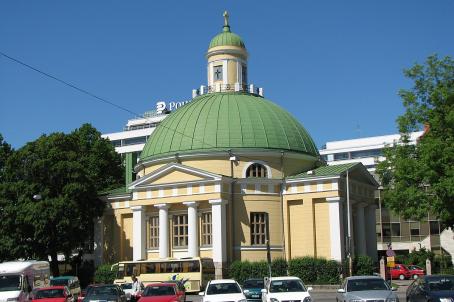Kakskerra Church

The Kakskerra church was built between 1765 and 1769, but the bell tower was completed later, in 1824. In 1940, the church underwent a major restoration, when the fixed interior of the church was almost completely renovated. Because of its good acoustics, the church now hosts concerts. In 2009, the National Board of Antiquities defined the church as one of the built cultural environments of national importance in Finland.





